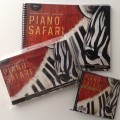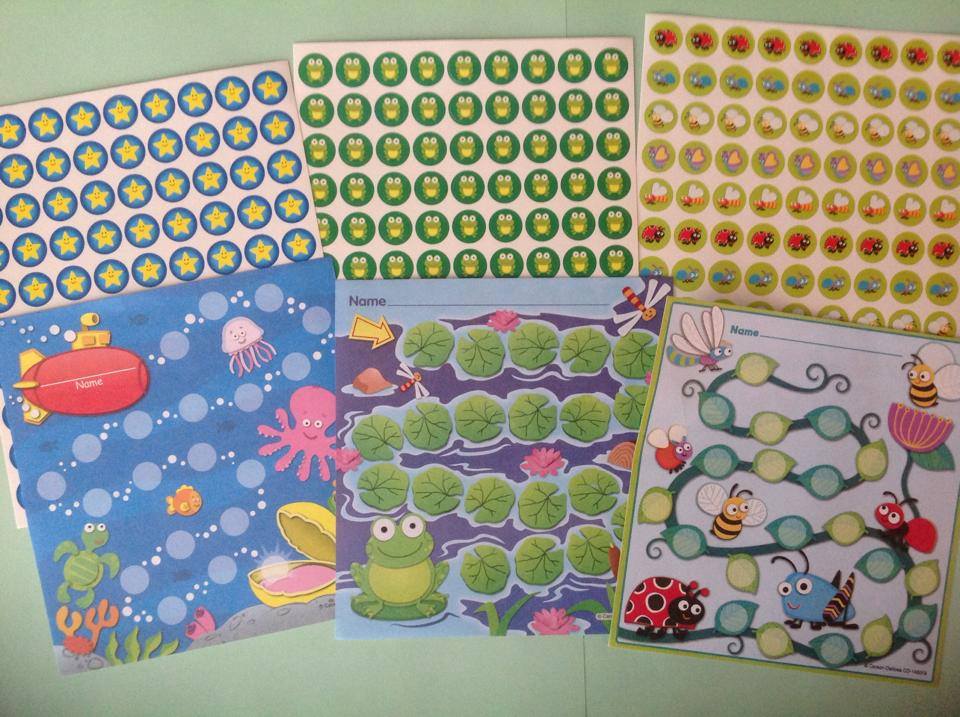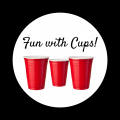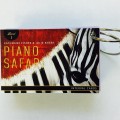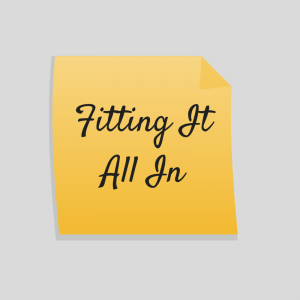
I try to always include the following areas of study in each lesson:
- Technique
- Repertoire
- Rhythm
- Sight-reading
- Theory
Now, here comes the problem. How does one fit all of this into a private lesson each week? Having a 45-minute lesson with a student helps tremendously. Almost all of my studio takes a 45-minute lesson after a one or two years of study. I am still able to fit everything in with a 30-minute lesson though. The trick is to do just a little bit in each area while keeping the bulk of the lesson focused on repertoire. Sometimes I have to choose between a rhythm activity and sight-reading, but I find that moving quickly through the different areas keeps students engaged.
Here is how I structure a lesson:
- Technique: I usually spend the first few minutes of the lesson working on keyboard skills like scales, chords, and arpeggios. I use this time to have the student focus on his or her hand shape. If a student needs an extra technique exercise, I’ll usually assign it here too.
- Repertoire: Most of my students work on one or two easier pieces that they can finish in under two weeks. Most also have harder pieces that they work on in sections and then polish for competitions or recitals. It is very important to me to keep a rotation of easier pieces each week so that the student’s reading skills do not suffer while working on challenging repertoire. It is very easy to fall into the trap of focusing on one piece for weeks before a competition.
- Rhythm: I usually grab rhythm cards or rhythm cups and have the student tap one or two rhythm exercises. This can take as little as two minutes.
- Sight-reading: I keep a magazine file of sight-reading books near my piano. I have students sight-read one piece each lesson. My students love sight-reading because they are awarded stickers for each example that they complete. Some students watch the clock to see if they can fit in more sight-reading.
- Theory: Students complete one-two pages of their theory workbook with me and I assign extras if needed. I also use the Sproutbeat app on my iPad in lieu of the workbook with young students. (Note: Sometimes theory pages include rhythm, but I usually try to include a tactile rhythm activity in addition to theory.)
Teachers, are you able to fit this all into a private lesson each week? I’m sure group classes can help tremendously! What areas of piano study do you always include in a private lesson?
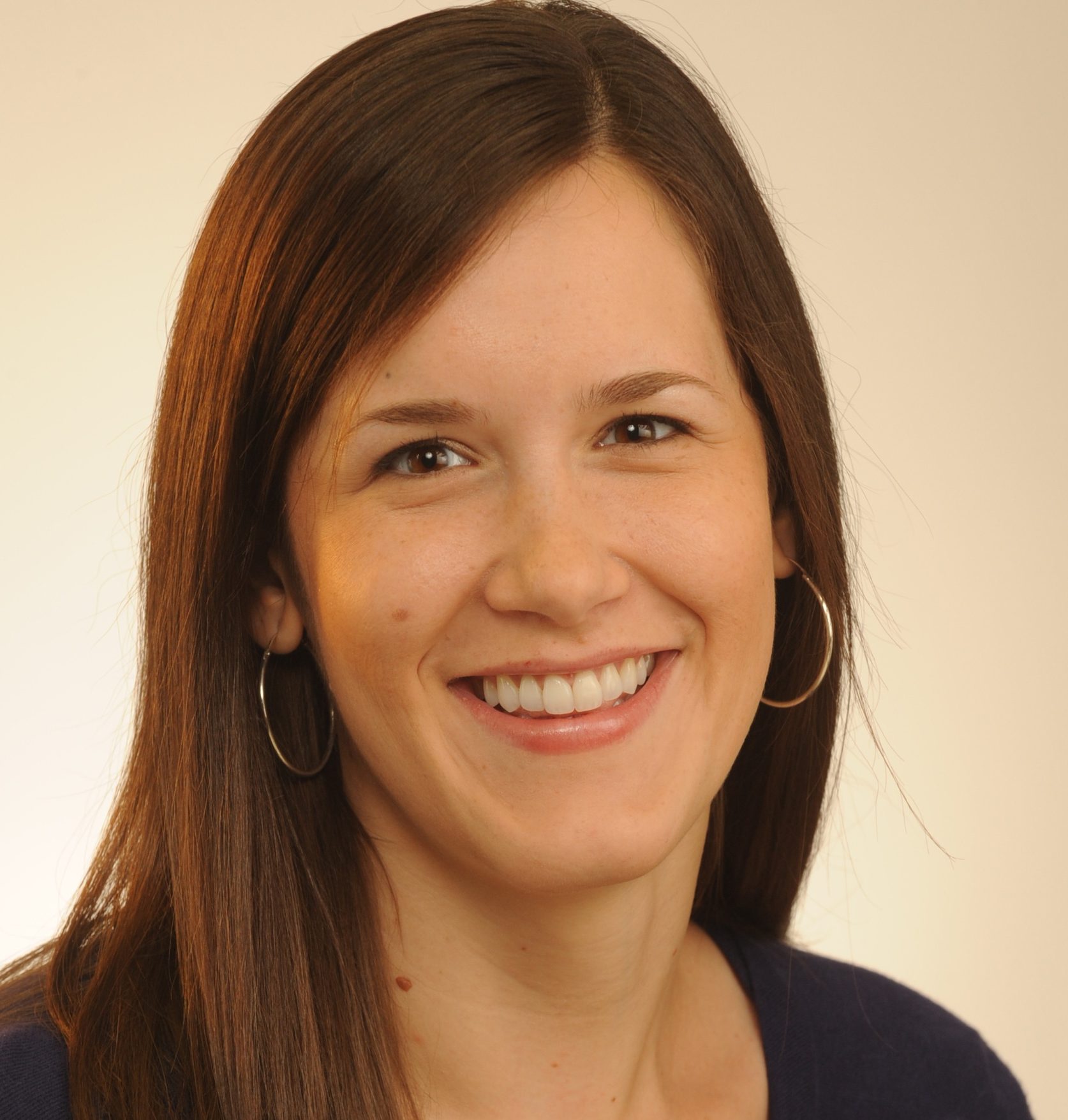
Lauren teaches piano to students of all ages. She enjoys creating resources for her students and teachers. She is the author of Ready for Theory®. For personalized help, check out the consultations page for teachers.

